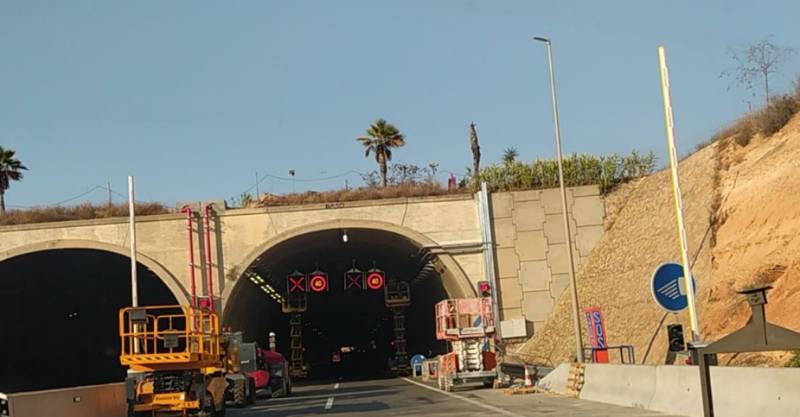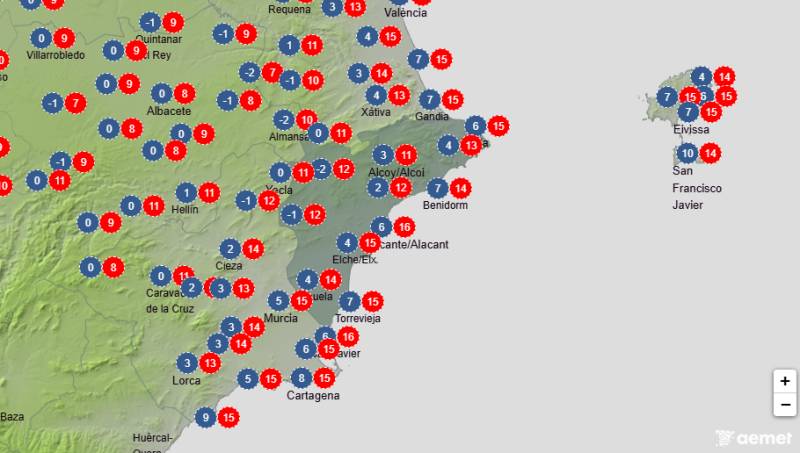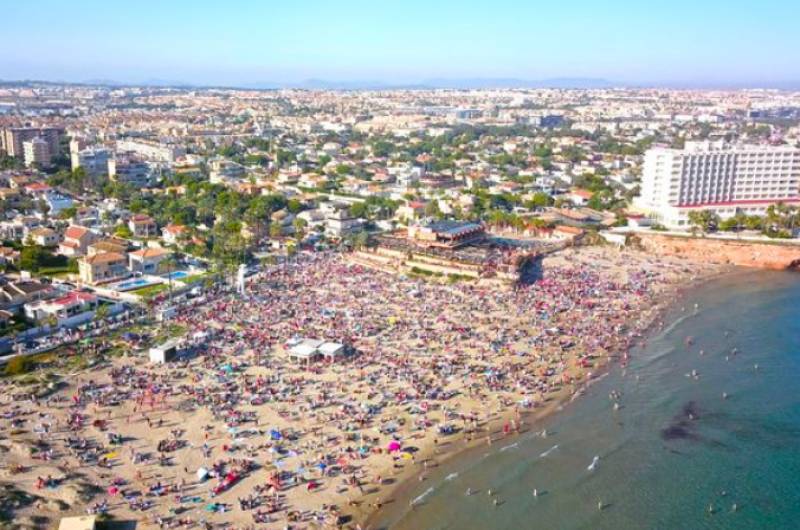

Guidelines for submitting articles to San Pedro del Pinatar Today
Hello, and thank you for choosing San Pedro del Pinatar.Today to publicise your organisation’s info or event.
San Pedro del Pinatar Today is a website set up by Murcia Today specifically for residents of the urbanisation in Southwest Murcia, providing news and information on what’s happening in the local area, which is the largest English-speaking expat area in the Region of Murcia.
When submitting text to be included on San Pedro del Pinatar Today, please abide by the following guidelines so we can upload your article as swiftly as possible:
Send an email to editor@spaintodayonline.com or contact@murciatoday.com
Attach the information in a Word Document or Google Doc
Include all relevant points, including:
Who is the organisation running the event?
Where is it happening?
When?
How much does it cost?
Is it necessary to book beforehand, or can people just show up on the day?
…but try not to exceed 300 words
Also attach a photo to illustrate your article, no more than 100kb

The Basílica de Santa María in Alicante City
The magnificent Basilica of Santa María is the oldest active church in the city of Alicante
The Basílica de Santa María is located in Plaza de Santa María on Calle Villavieja in the city centre of Alicante. It was built in Valencian Gothic style between the 14th and 16th centuries over the remains of a mosque, which existed during the period when the Moors occupied the city prior to the Christian Reconquista in the 13th century.

The Basilica is constructed in a rectangular shape with two towers at the facade. Interestingly, although the two front facing towers appear to be identical, one is actually in an L-shape and dates back to the 14th century, whilst the other has a rectangular shape and was constructed later on in 1713.
Between the two towers is the main entrance, which is by far one of the most beautiful aspects of the basilica, as it is entirely covered in impressive Baroque sculpture work created by the famous Spanish sculptor, Juan Bautista Borja.
The interior is comprised of a single nave with six side chapels located between stone buttresses. The main altar is decorated in gold in an 18th century Rococo style and the impressive choir is designed in a Gothic style from the 14th Century. To the right side is the large Chapel of the Inmaculada (Blessed Virgin) with an elegant figure of the Virgin Mary dressed in blue and white, and created in a neoclassical style by the renowned 18th century sculptor, José Esteve Bonet.
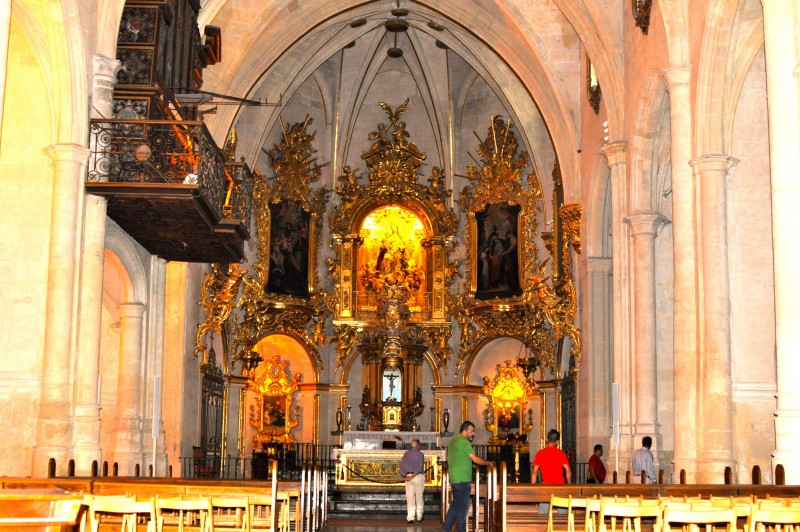
In the antechoir there is a large Barroque-style stone doorway and a Baptism Chapel whose baptismal font is decorated in an attractive white Carrara marble, a 16th century Italian design attributed to the school of Michelangelo, the famous Italian sculptor and artist of the High Renaissance.
There are also a number of pieces of artwork displayed inside the Basilica, two of which date back to the fifteenth century, one being a Gothic stone statue representing Santa María and another being an image of the Santos (Saints) made by the Spanish Renaissance painter, Rodrigo de Osona. There are also a number of early -printed books dating back to as far as the 13th century.
During the Spanish Civil War (between 1936 and 1939), the Basílica de Santa María suffered the same fate as many other Christian places of worship across Spain and was attacked, valuable artworks destroyed and mutilated and the building used for other purposes.
One of the holy images of the Inmaculada (‘Blessed Virgin’) was defaced, the organ and part of the baptistery were destroyed, and outside in the square of Santa María some of the smaller altars were burned to ashes in an enormous bonfire. Fortunately the Basilica escaped being burnt to the ground as was the fate of so many religious buildings and was used as a military warehouse until the end of the war.
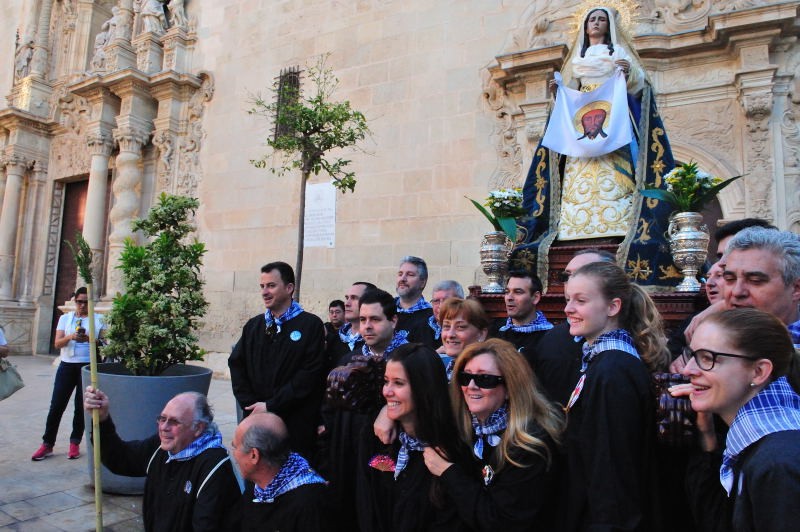
Following the years of Civil War the church lay neglected before finally undergoing a series of restorations to recover the original features and in 2007, by request of the city of Alicante to the Holy See, (the central point of reference for the Catholic Church) the church was promoted to the rank of basilica.
La Inmaculada (The Blessed Virgin) and the Inmaculada Concepción (Immaculate Conception)
According to the teachings of the Catholic Church, the Immaculate Conception refers to the conception of the Blessed Virgin Mary in the womb of her mother, Saint Anne, who was believed to be automatically freed from original sin by virtue of the foreseen good will of her son Jesus. The Catholic Church teaches that Mary was 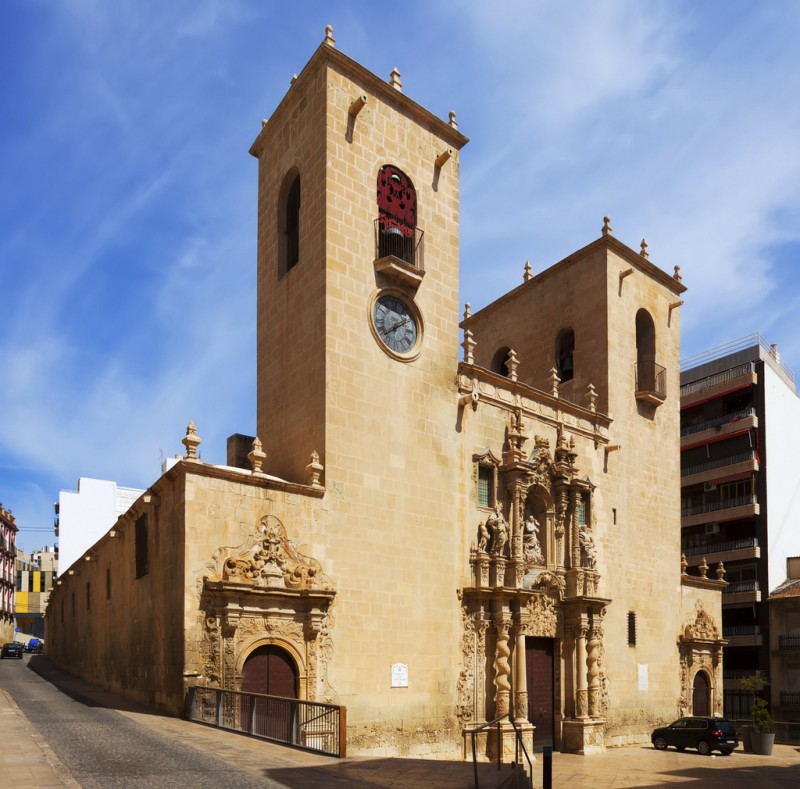 conceived by normal biological means, but that God kept her soul ‘immaculate’ at the time of conception. This is not to be confused with the Doctrine of Incarnation, which refers to the conception of Mary’s son Jesus, with the belief that Mary gave a ‘virgin’ birth.
conceived by normal biological means, but that God kept her soul ‘immaculate’ at the time of conception. This is not to be confused with the Doctrine of Incarnation, which refers to the conception of Mary’s son Jesus, with the belief that Mary gave a ‘virgin’ birth.
In January of 1795, the King Carlos IV granted the militia commander and member of the royal cavalry, Nicolás Scorcia y Ladrón, the prestigious title of earldom of the territory of Soto Ameno in Alicante. To commemorate this date Nicolás commissioned for a silk print to be made representing the Inmaculada Concepción standing in the front entrance to the Basilica de Santa María, as this place was the sacramental parish church for the noble Scorcia y Ladrón family.
The print was created by Pedro Paredes from Orihuela, one of the most renowned and skilled inscribers of the mid and late eighteenth century, and who had already previously painted the shield of Santa Faz in Alicante city.
It was framed in a lavish Roccoco style stone, with a cartouche at the top with religious text inscribed in Latin, and at the bottom was the noble coat of arms of the family of Scorcia y Ladrón. On one side of the coat of arms there was an inscription, which said: “In honour of Lord Don Nicolás y Ladrón, in the Parish of Santa María of Alicante” and at the bottom it said “Paredes Sculp” in acknowledgement of the sculptor, Pedro Paredes.
Nicolás Scorica y Ladrón then became the first constitutional mayor of Alicante in 1812, and the images on the print suggests that it was displayed in the main entrance to the Basilica de Santa María for a number of years, before it was then removed during the Spanish Civil War (1936 to 1939). It wasn't until years later in 2014 when it was resdiscovered in a desk drawer of the grandfather of a man named Luis Ramirez, in his family house in Dénia. According to Luis Ramirez, his grandfather was a very religious man and kept a number of important relics and letters hidden during the war, which his grandson discovered afterwards, one of the pieces this special print. Despite its delicate condition and faded design, the silk print was valued at 4000 euros, and so the Ramirez family willingly sold it to the provincial government of Alicante.
Visiting hours
Monday to Sunday 11:00 to 12:00 and 18:30 to 20:00
The Basilica de Santa María can be accessed on foot from the Ayuntamiento (town hall) via Calle Mayor, which joins onto Calle Villavieja. Alternatively visitors can access Calle Villavieja from the promenade alongside Playa de Postiguet, Alicante's main city beach. Along the promenade of Paseo Gomiz there is a white, alpha shaped walkway leading up and round to a narrow street called Calle Virgen del Socorro. If visitors turn left and follow the road round, bearing right, the street turns into the cobbled street of Calle Villavieja, and the Basilica can be located further down on the left.
The nearest public parking is available in Calle Muelle de Levante alongside the city port.
Click for more information about Alicante City, including what to see, what’s on and useful local information













